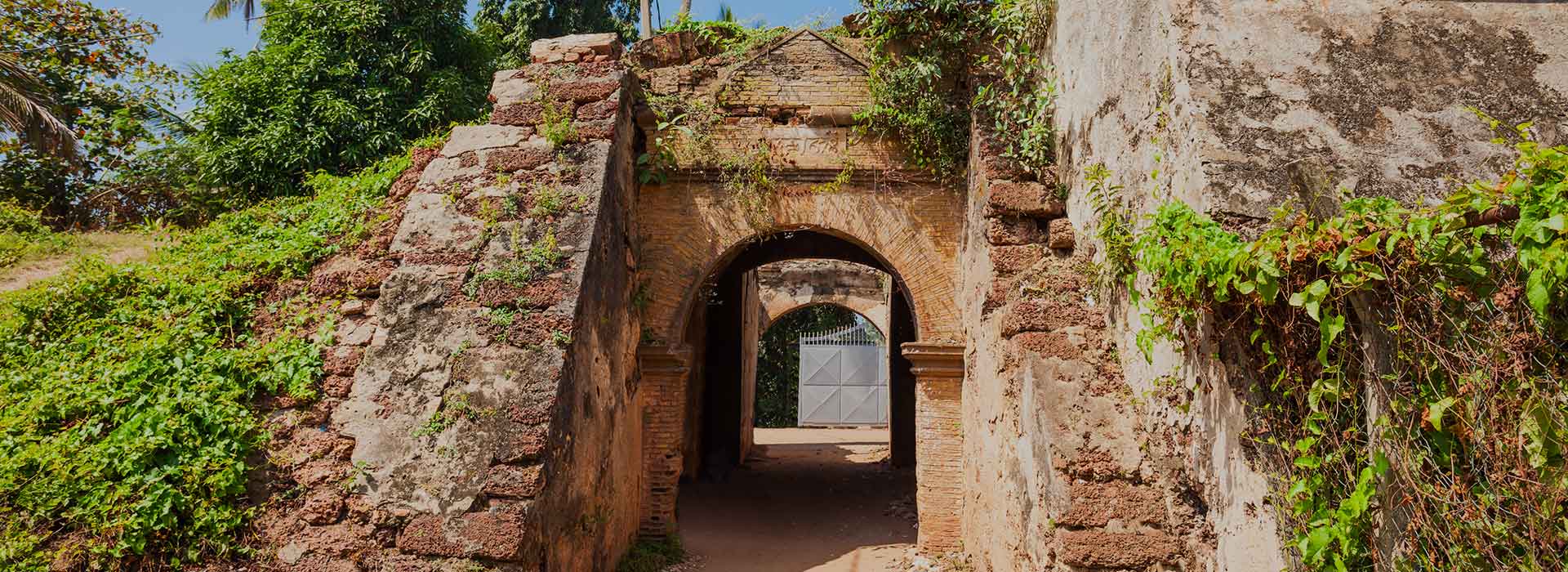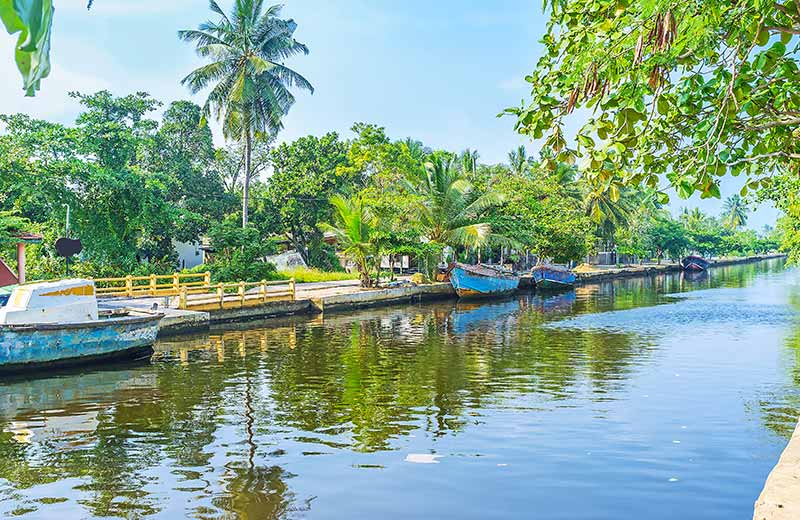Dutch Fort
An Important Fortification
Sri Lanka’s history is littered with periods of brutal colonization under foreign rule, and the remnants of those war-fueled ages can be seen in buildings such as the forts at Galle, Colombo and as far north as Jaffna, that still stand today. The Dutch Fort in Negombo (known to some as the Negombo Fort) was an important fort built by the Portuguese approximately 30 kilometres north of Colombo, to defend their stronghold city.
Construction and Shift in Authority
Reports claim that when it was first built, the Portuguese-built Negombo Fort was nothing but a square surrounded by walls, with minimal defenses and few soldiers. It was easily captured by the Dutch at the beginning of 1640, and for three years they defended it against the repeated attempts of the Portuguese to reclaim it, until the end of 1643. Once the fort was back under Portuguese control, they strengthened its defenses to be able to hold it better under siege. However, despite their precautions, the Dutch recaptured it a month later.
Subsequent Years
The Dutch rebuilt the fort in 1672, moving away from its initial square design to a pentagonal one. In February 1796, the British took over the fort with no opposition, and they demolished and rebuilt it as a prison in the late 1800s. Today, it is still used by Sri Lanka’s Department of Prisons, and features the remains of the eastern rampart and a recessed arch gateway.



